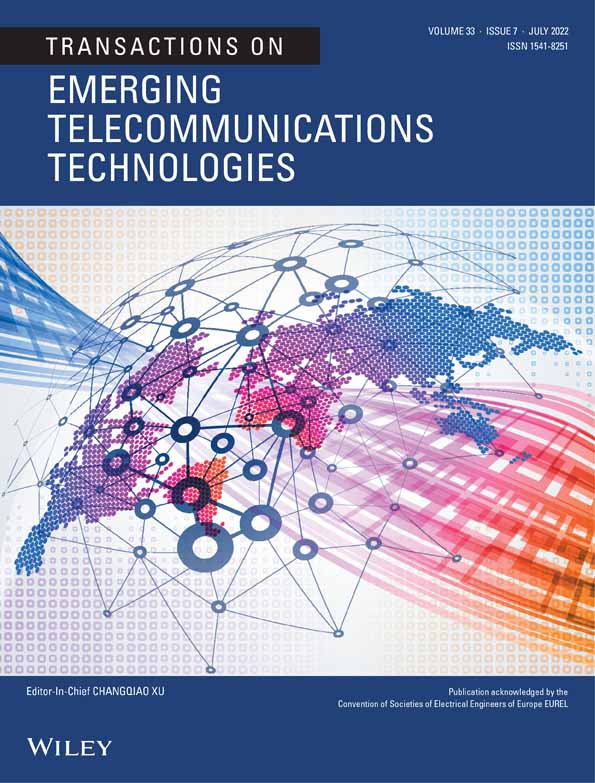Health monitoring jeopardy prophylaxis model based on machine learning in fog computing
Abstract
Cloud-based fog computing was developed in recent years to make it easier for patients to monitor distant health and discover mosquito-borne syndromes at an initial period, allowing to track the mosquito-borne illnesses. Many obstacles have been confronted by the technology, including high latency, mobility, overhead connectivity, and location consciousness. Due to the security issue and wrong prediction of the diseases, users are affected by getting wrong alert messages from fog which increase the disease spreading. Hence a novel Prevention Technique based on Fog Computing has been introduced to prevent the epidemic syndrome at an initial period and safeguard the people around the world. Initially, each user register their personal information in Pristine Database through IoT device. These information are encrypted with 16 round of key-dependent operation via new Blowfish Encryption Algorithm. Subsequently, the mosquito spawned disease is diagnosed by measuring the resemblance factor between the user and disease through the Hybrid Endemic Halsen Classifier and the Resemblance Coefficient are used to diagnose and categorize users as infected or unaffected. The mosquito-borne disease is detected using this method by assessing the similarity factor between the user and the disease with less computing time. As a result, if a new symptom is found rather than one from the given medical dataset, the information will be saved in the Pristine Database, and the classification process will be faster with less computing time in the future if the same symptom is identified. Finally, the novel Temporal Social Network Analysis was developed to assess the likelihood of a disease breakout also analyze the infected users and send the awareness message to take the precautionary measures in the cloud processing layer. Thus, the proposed work effectively predicts and prevents the spreading of epidemic outbreaks with accuracy of 97% which is 7.2% higher than the existing approaches, and reduced latency of 0.18 second.
CONFLICT OF INTEREST
The authors declare no potential conflict of interest.
Open Research
DATA AVAILABILITY STATEMENT
Data sharing not applicable to this article as no datasets were generated or analysed during the current study.




